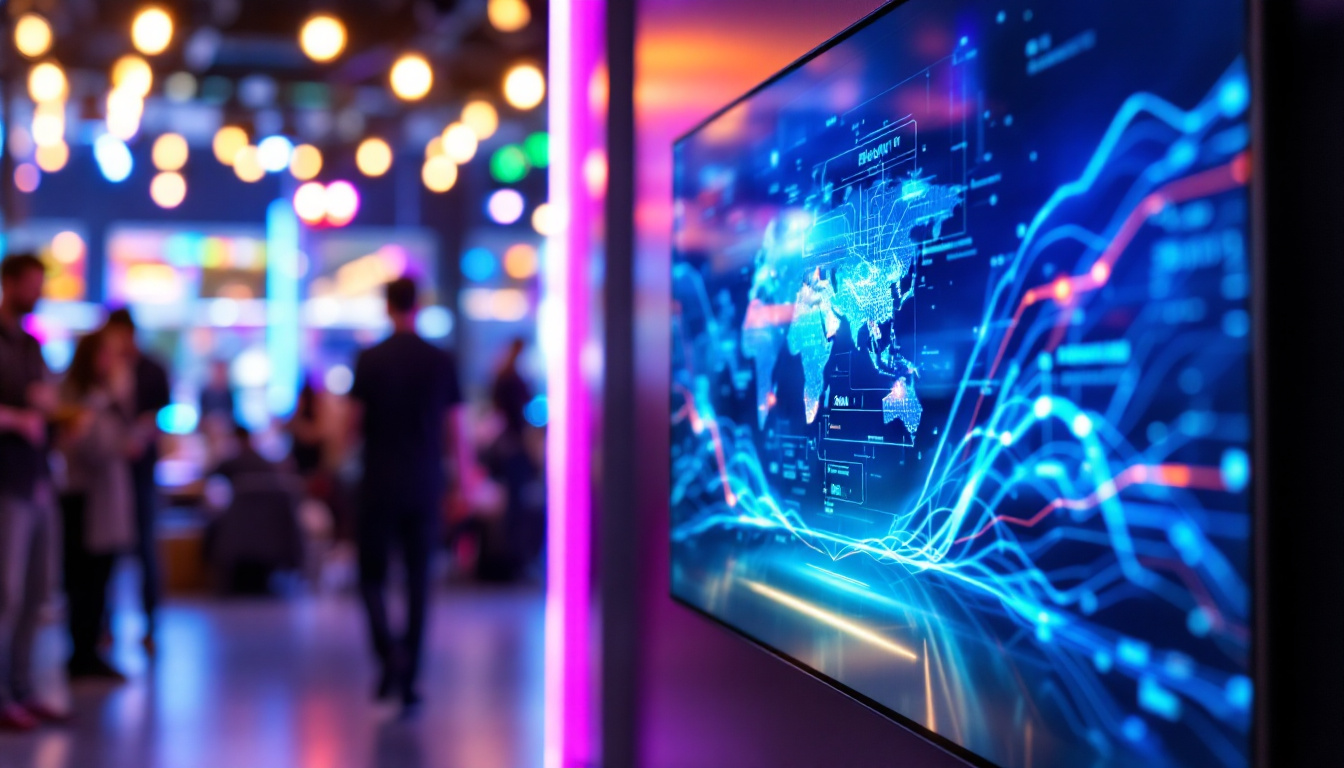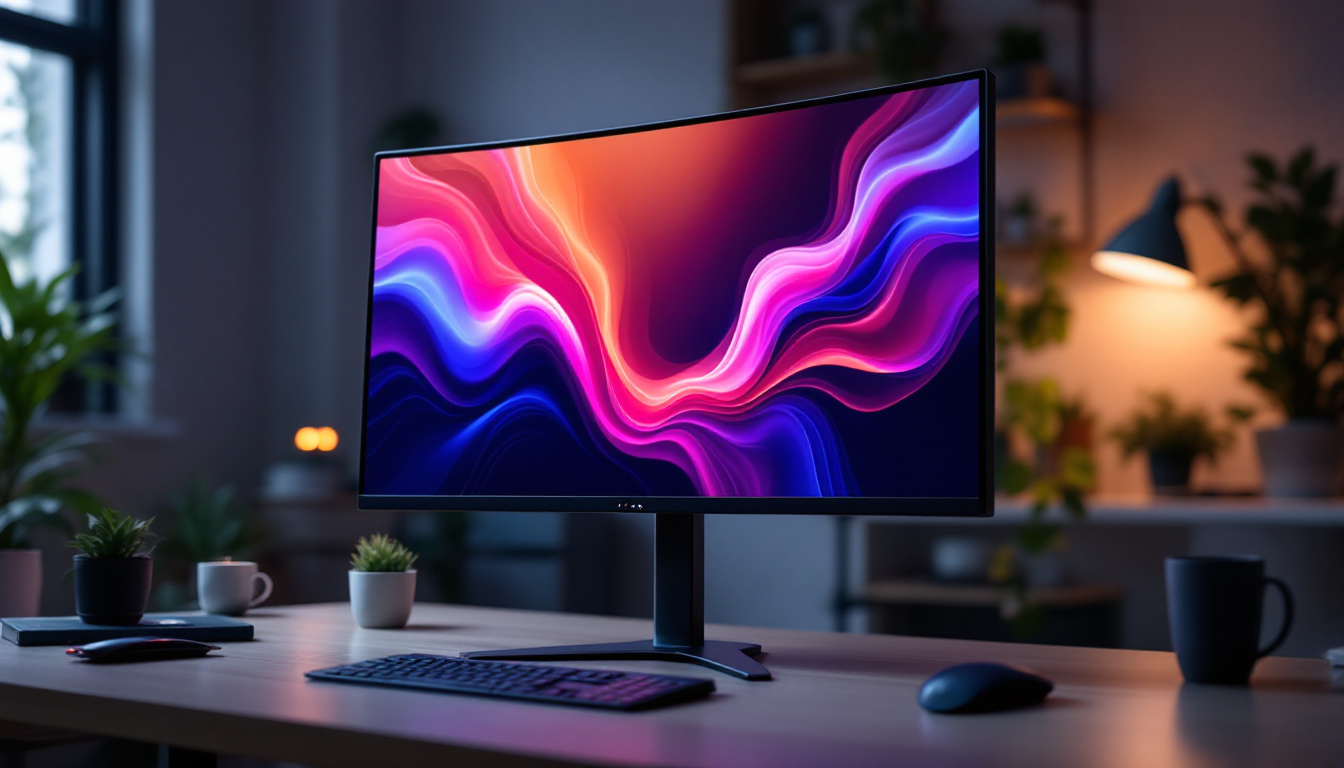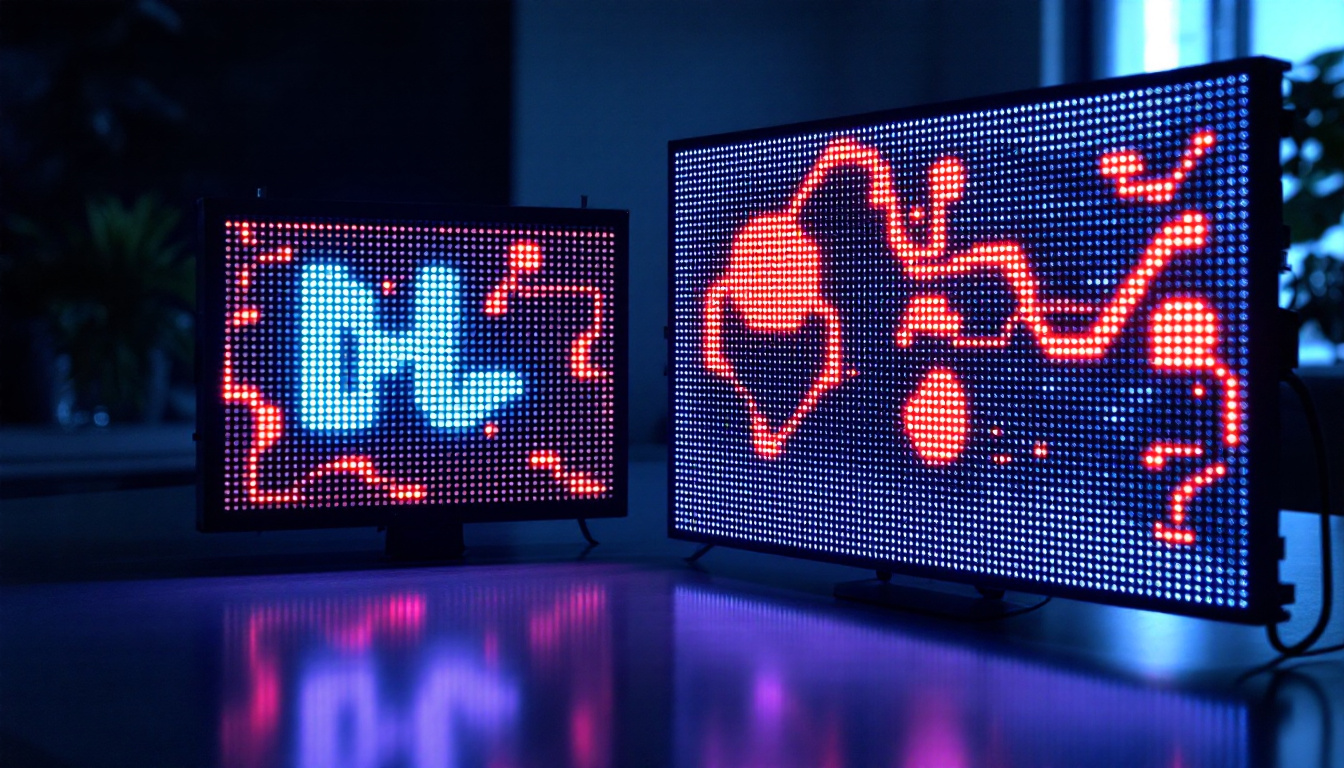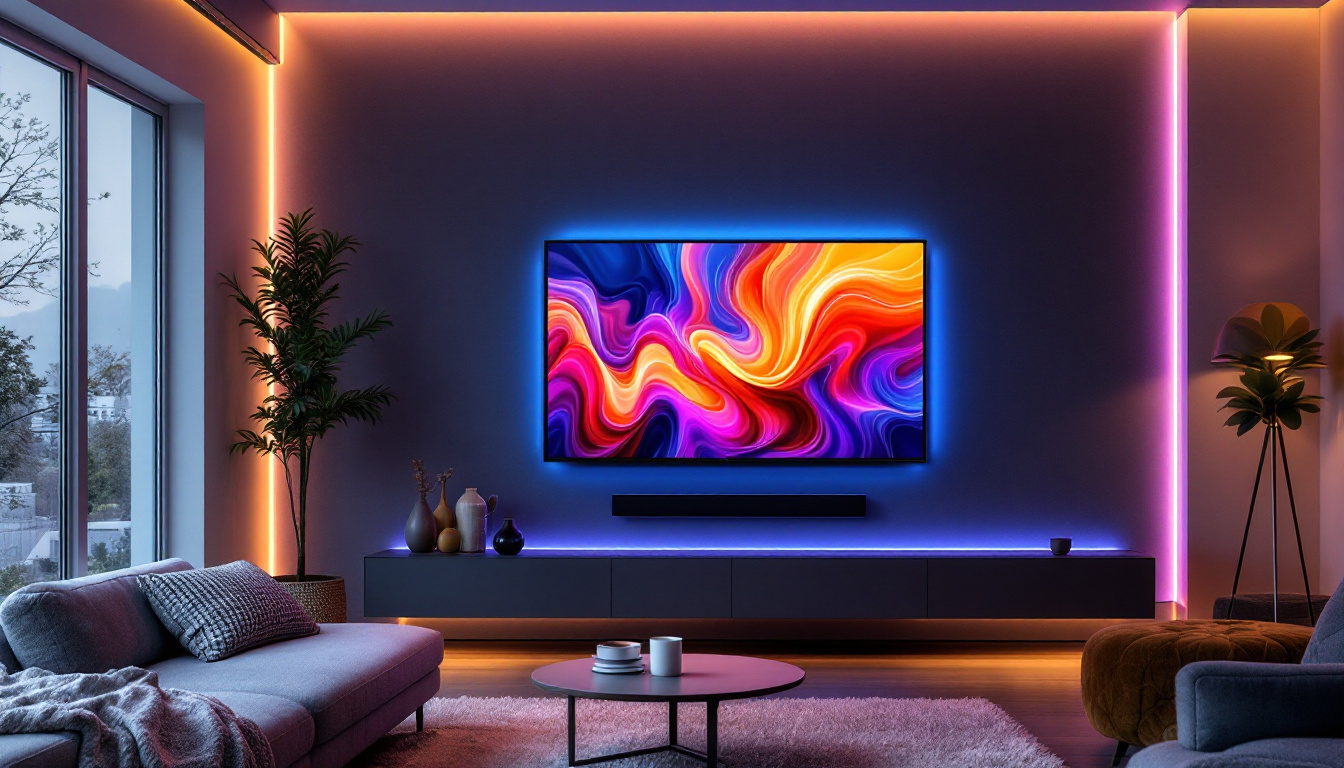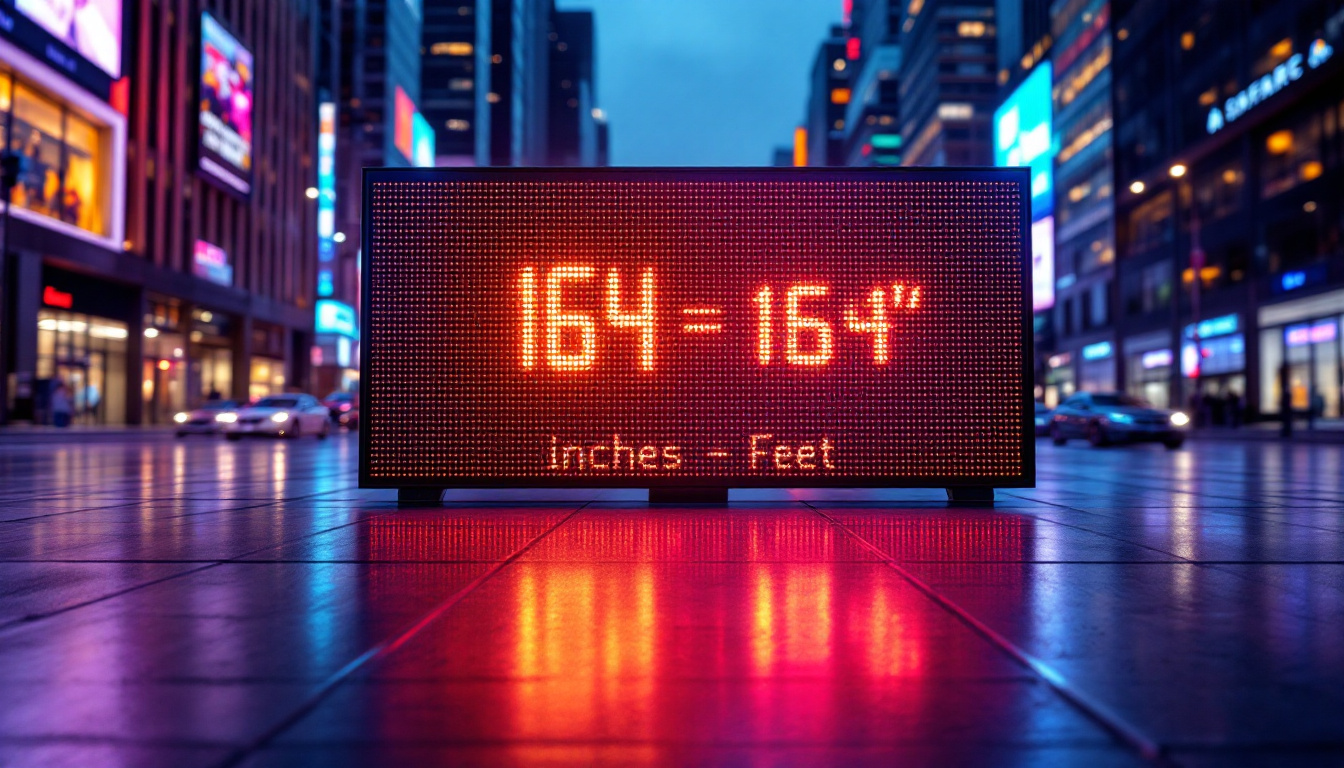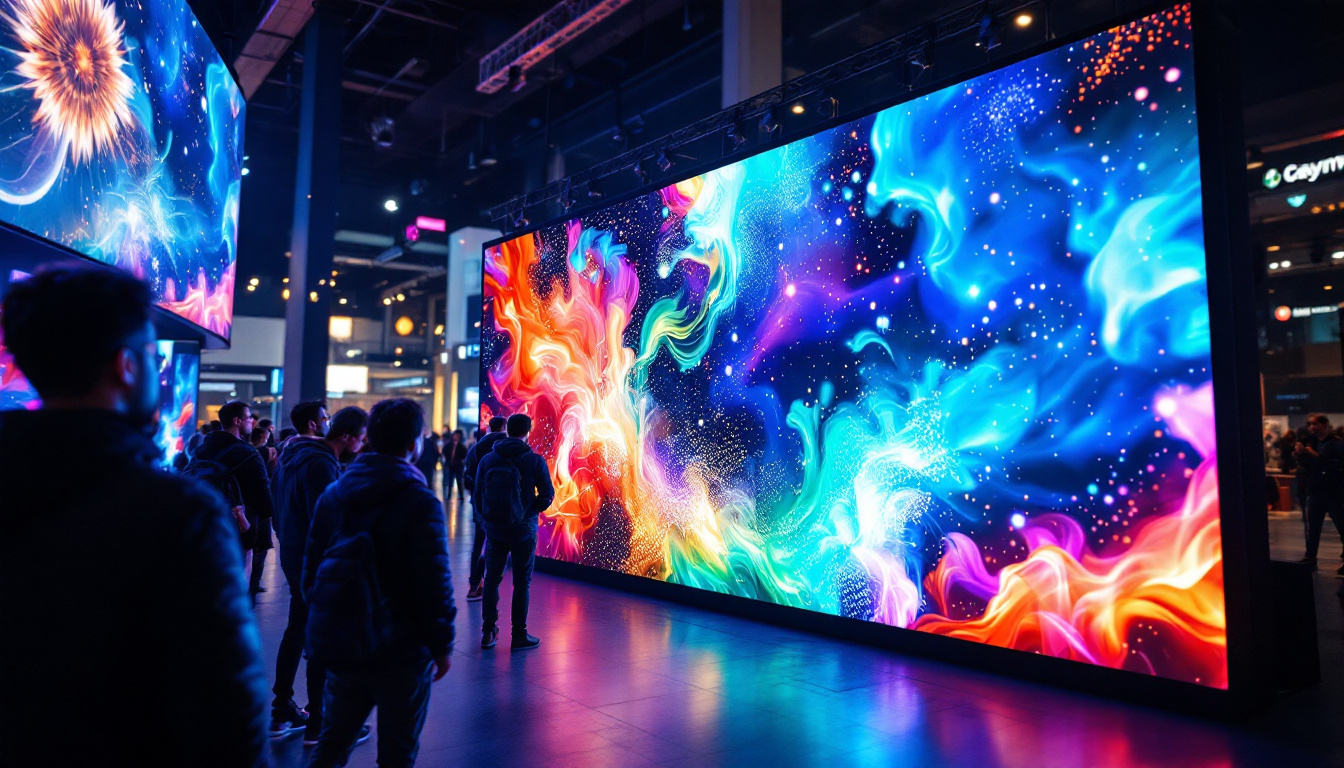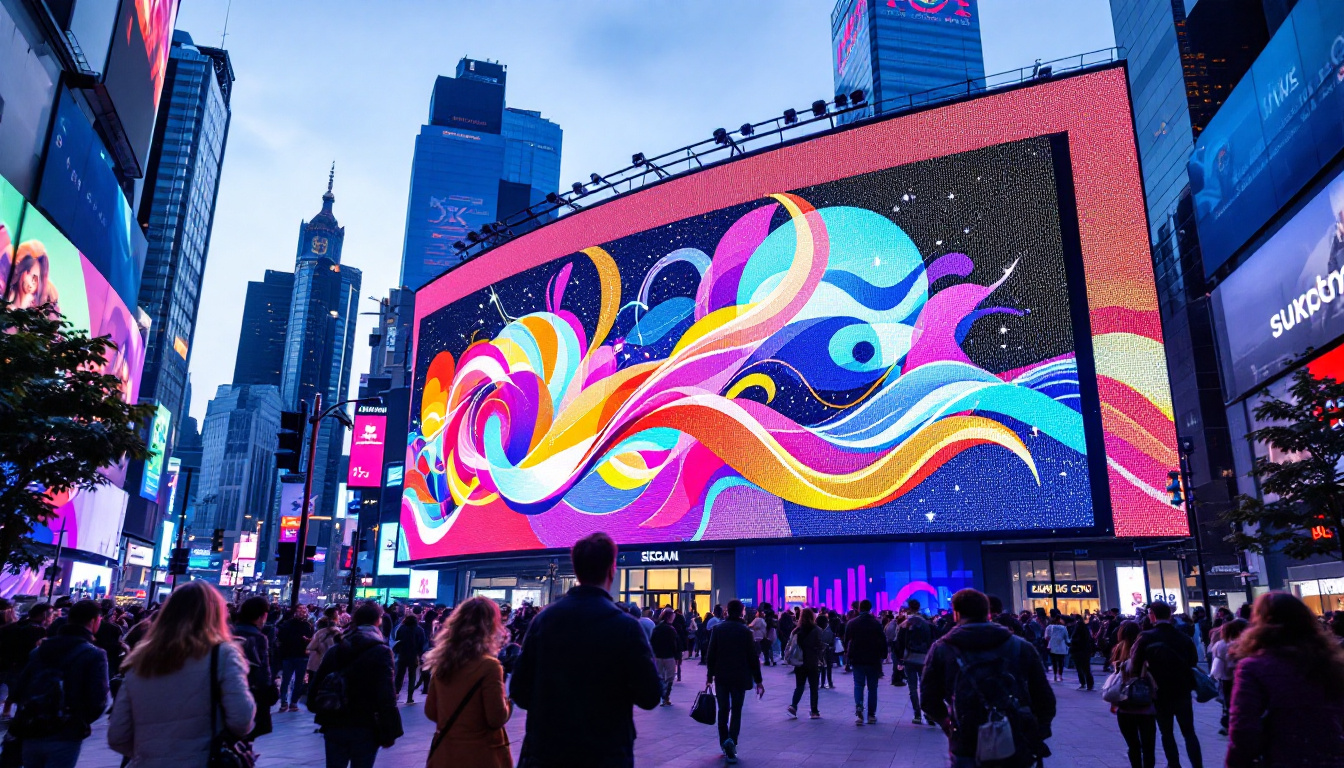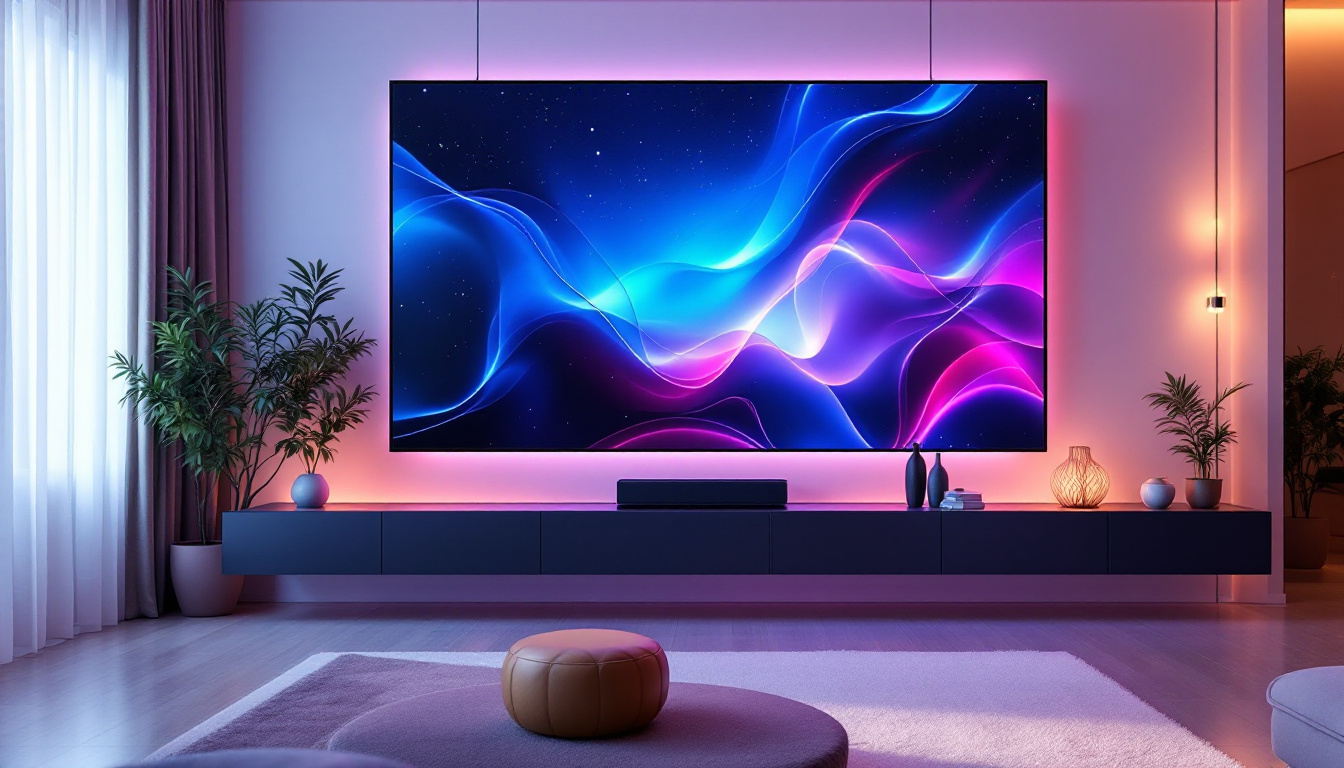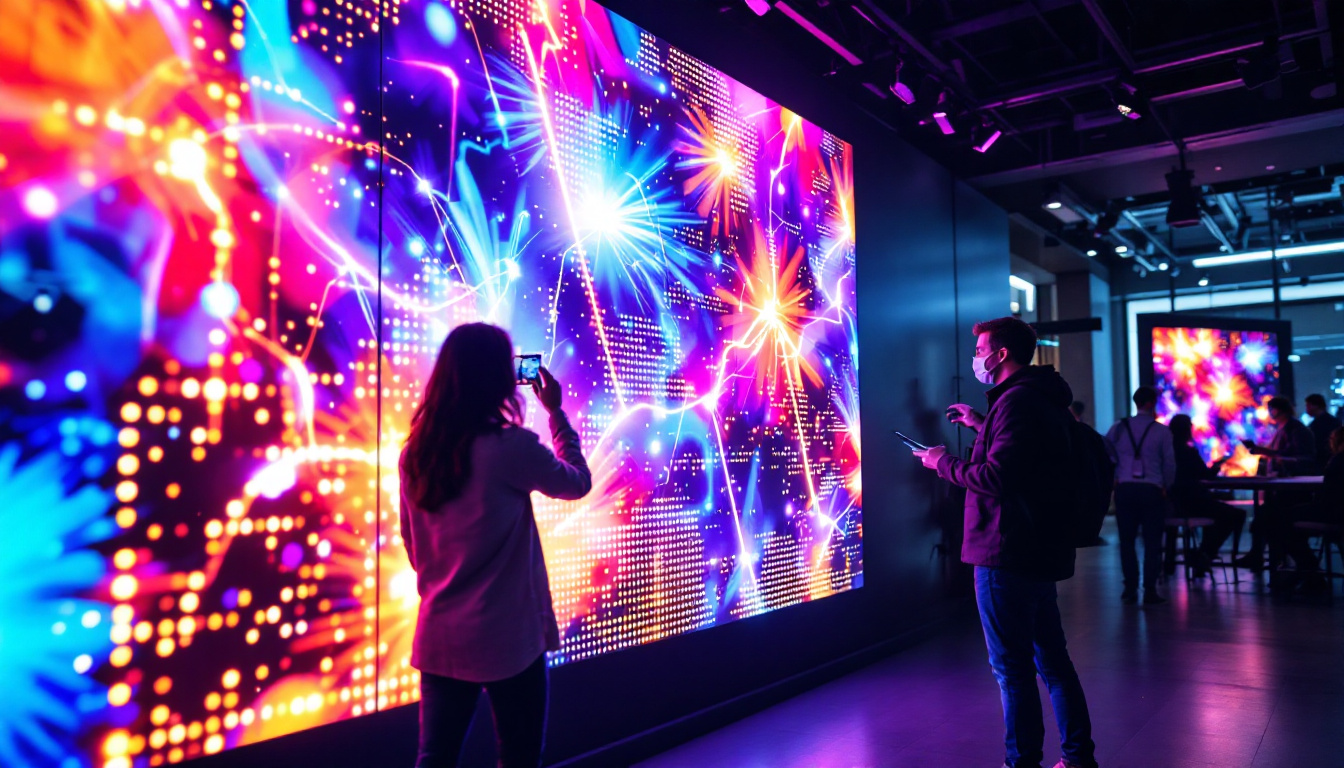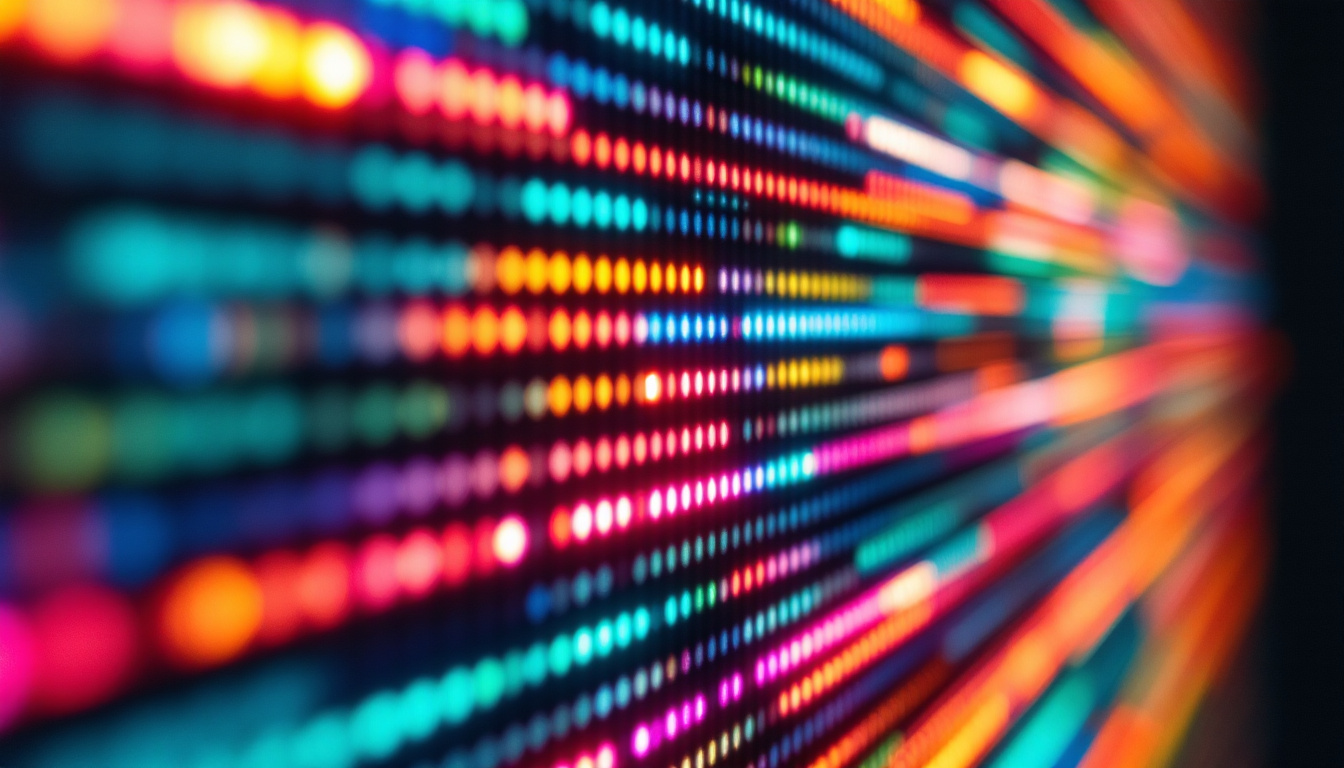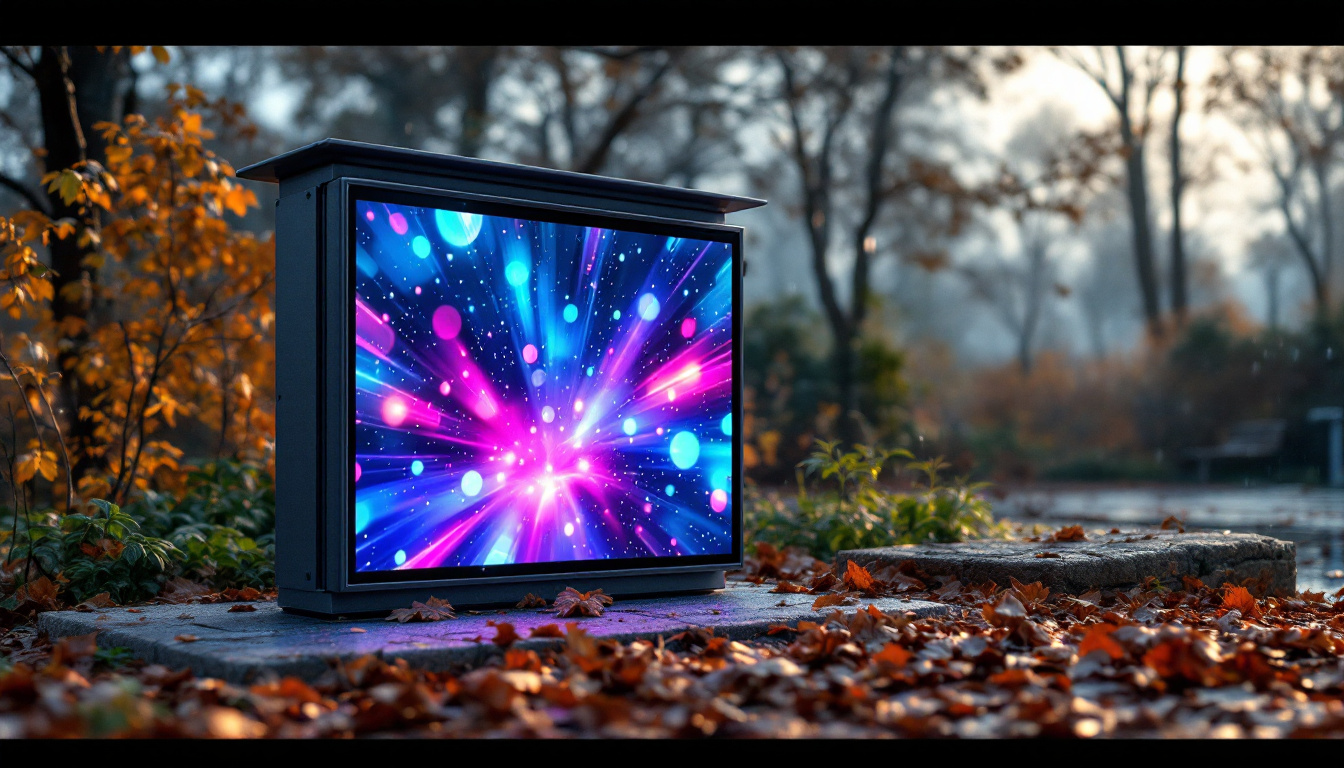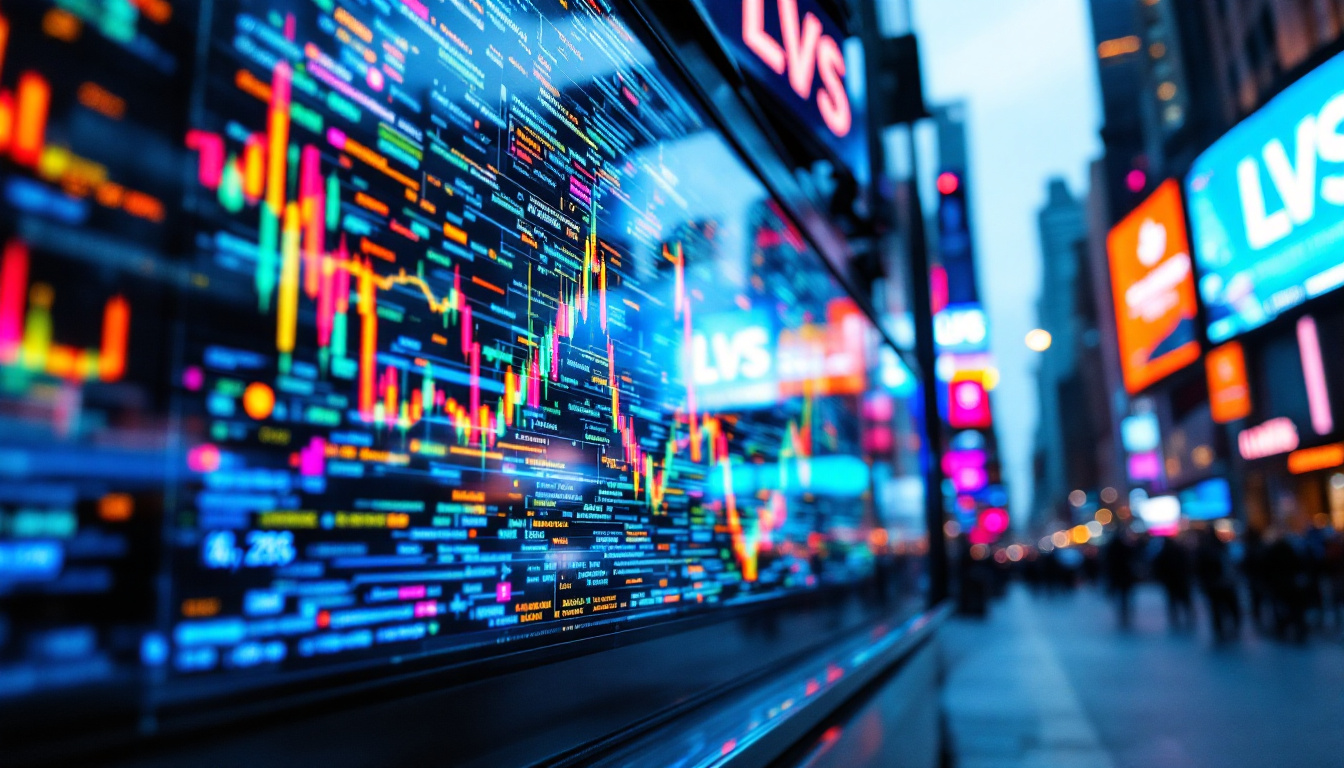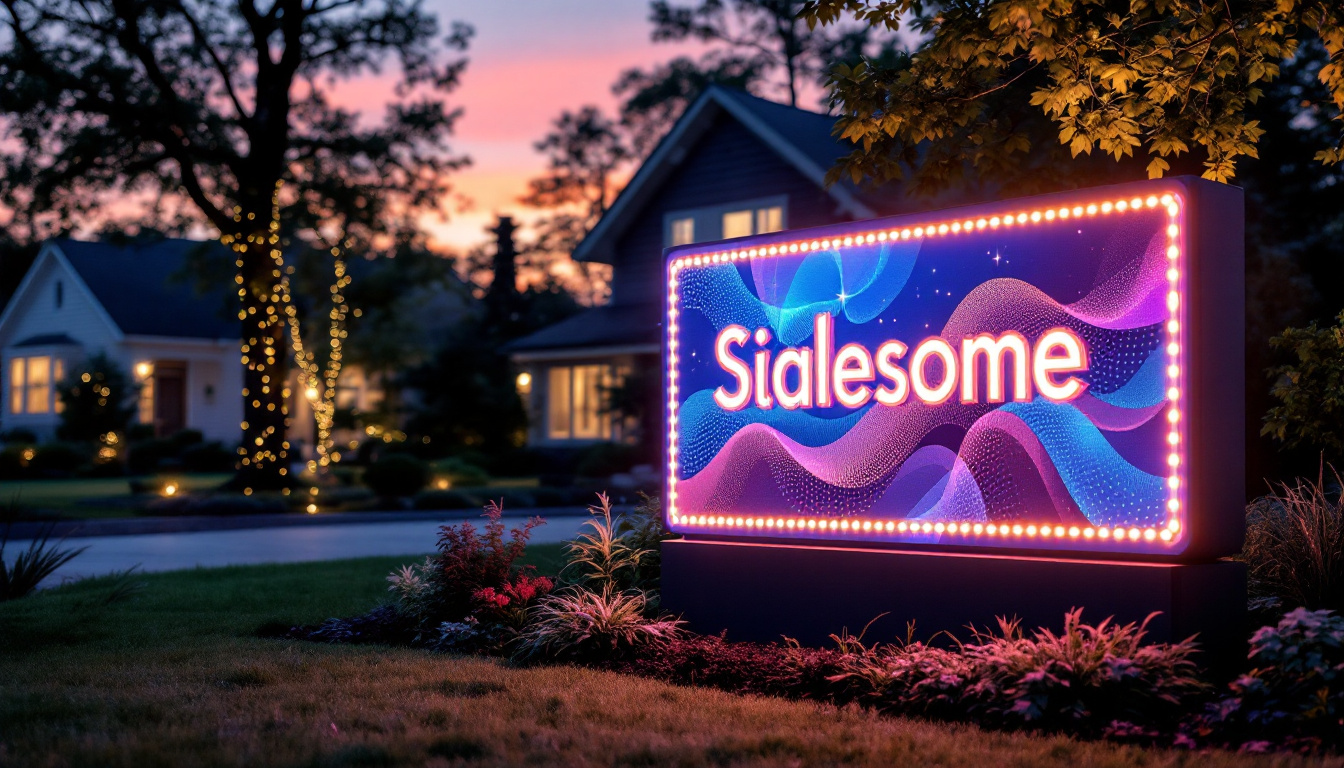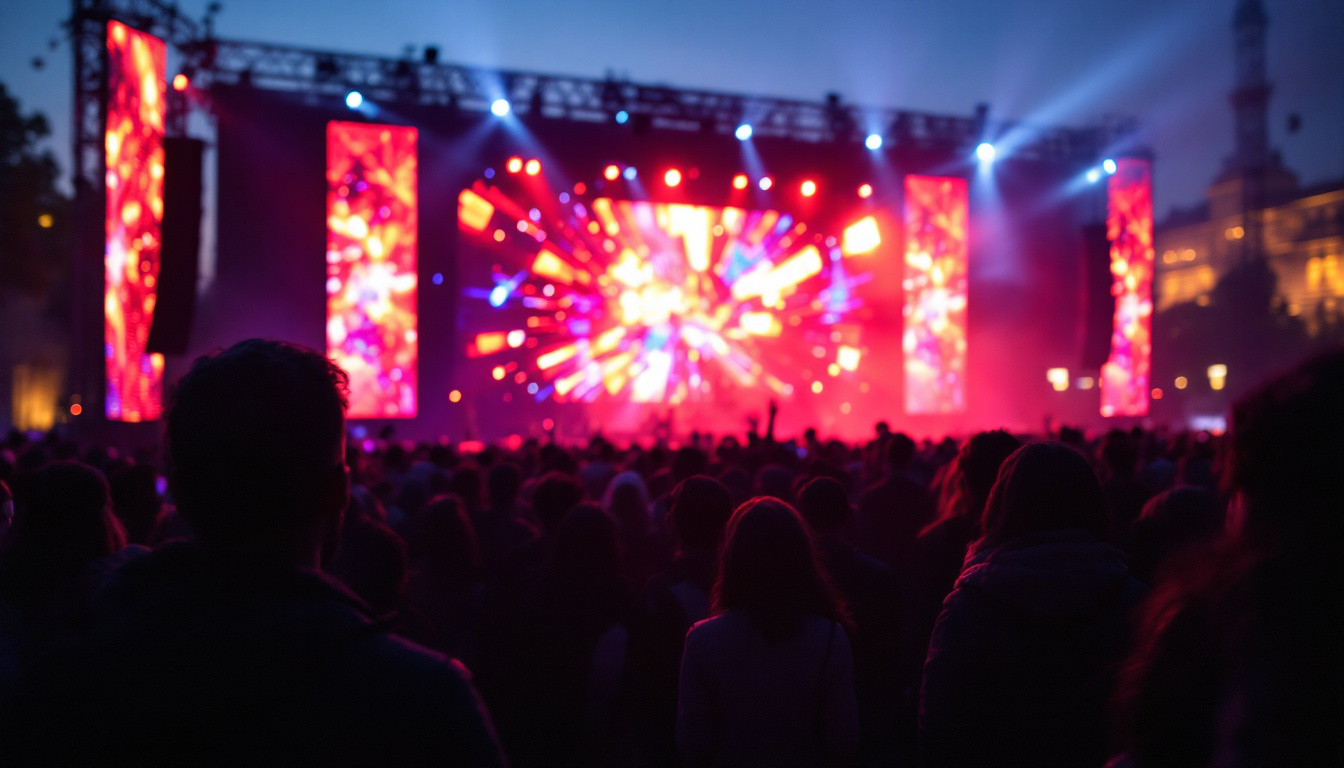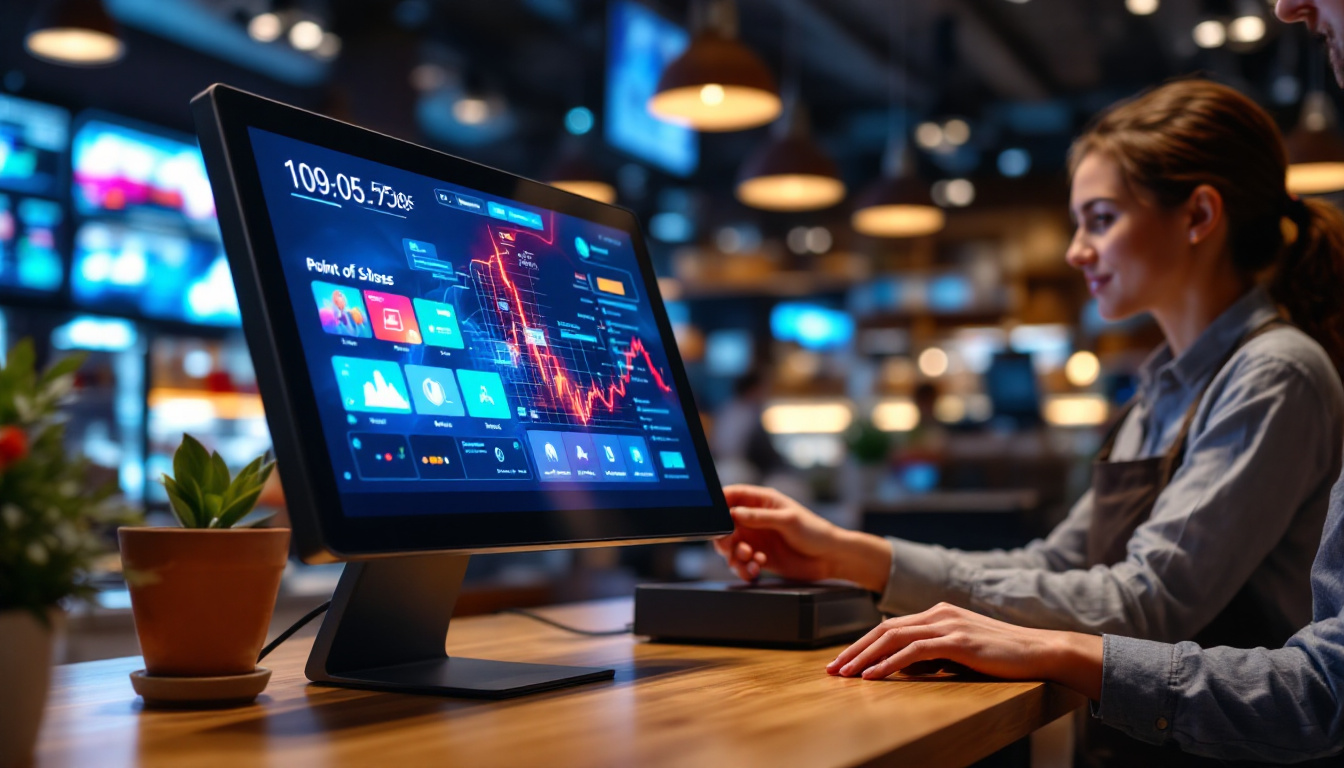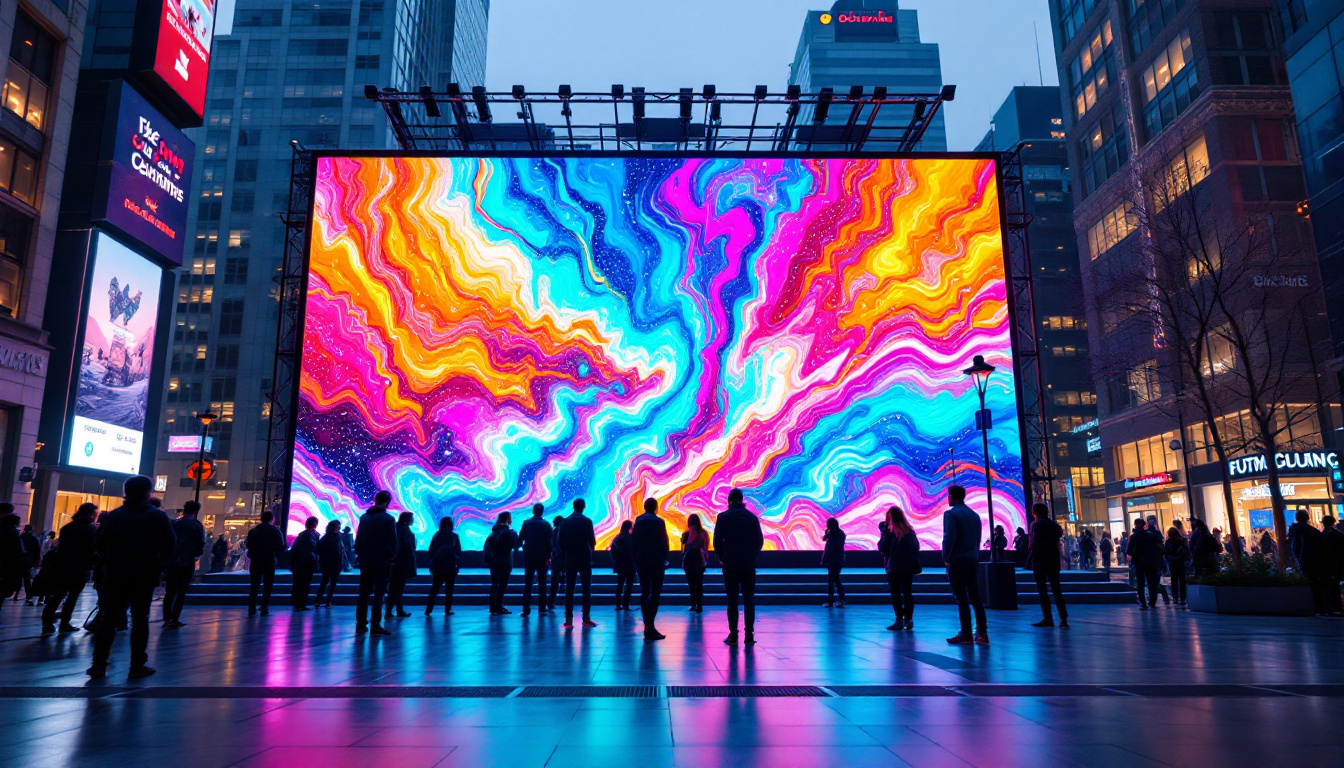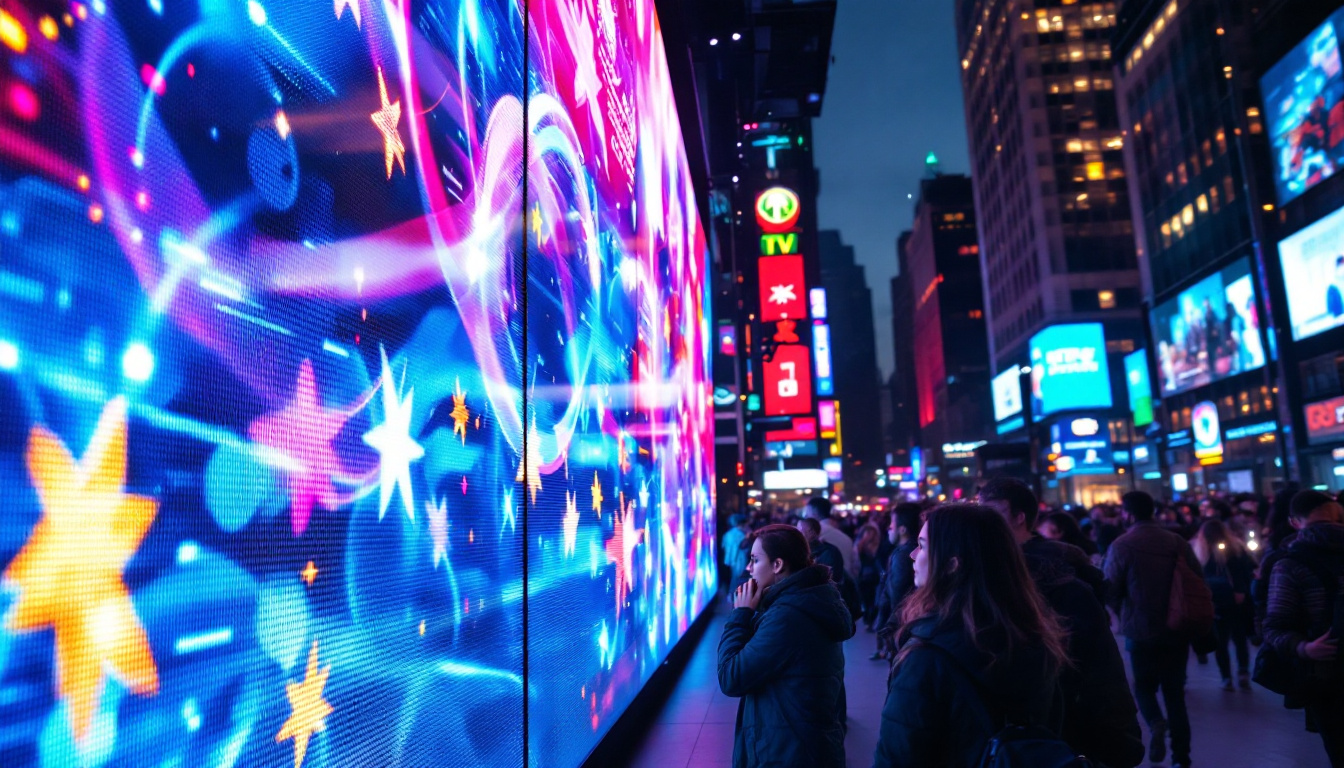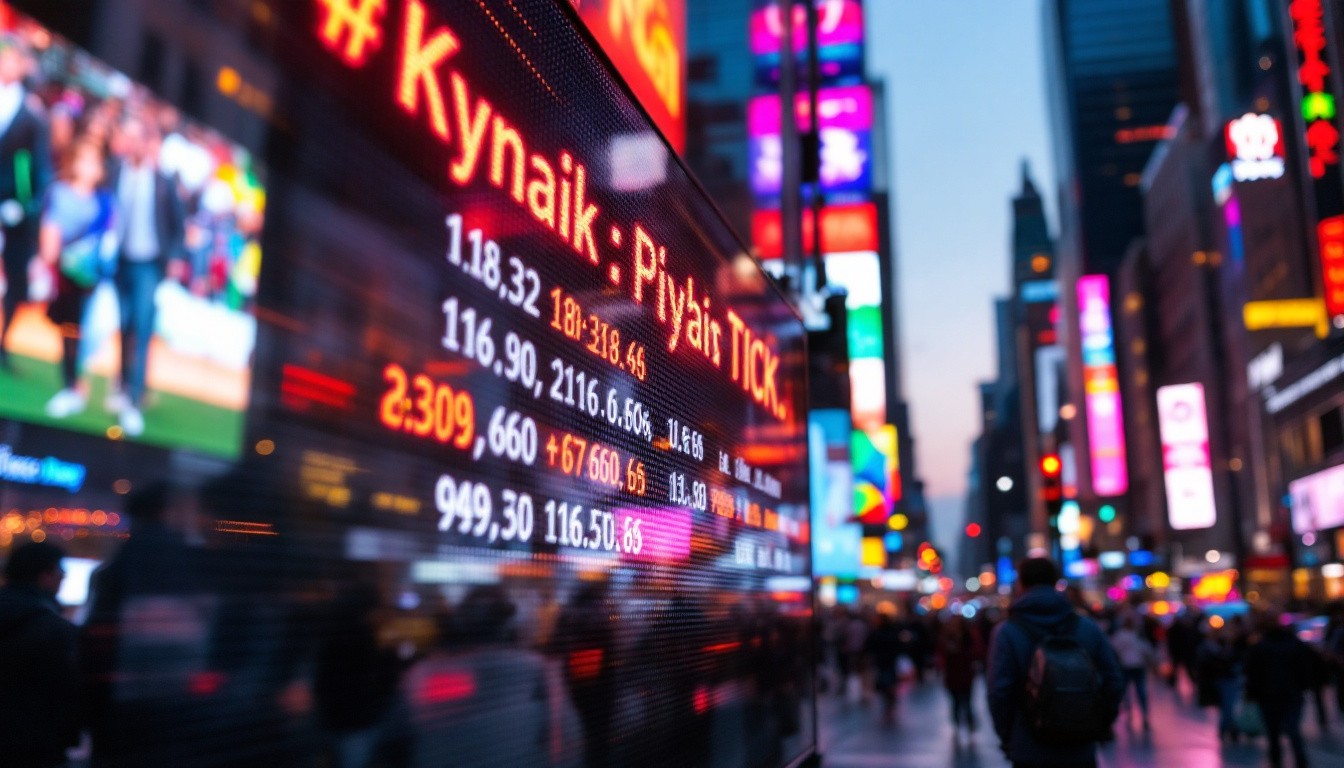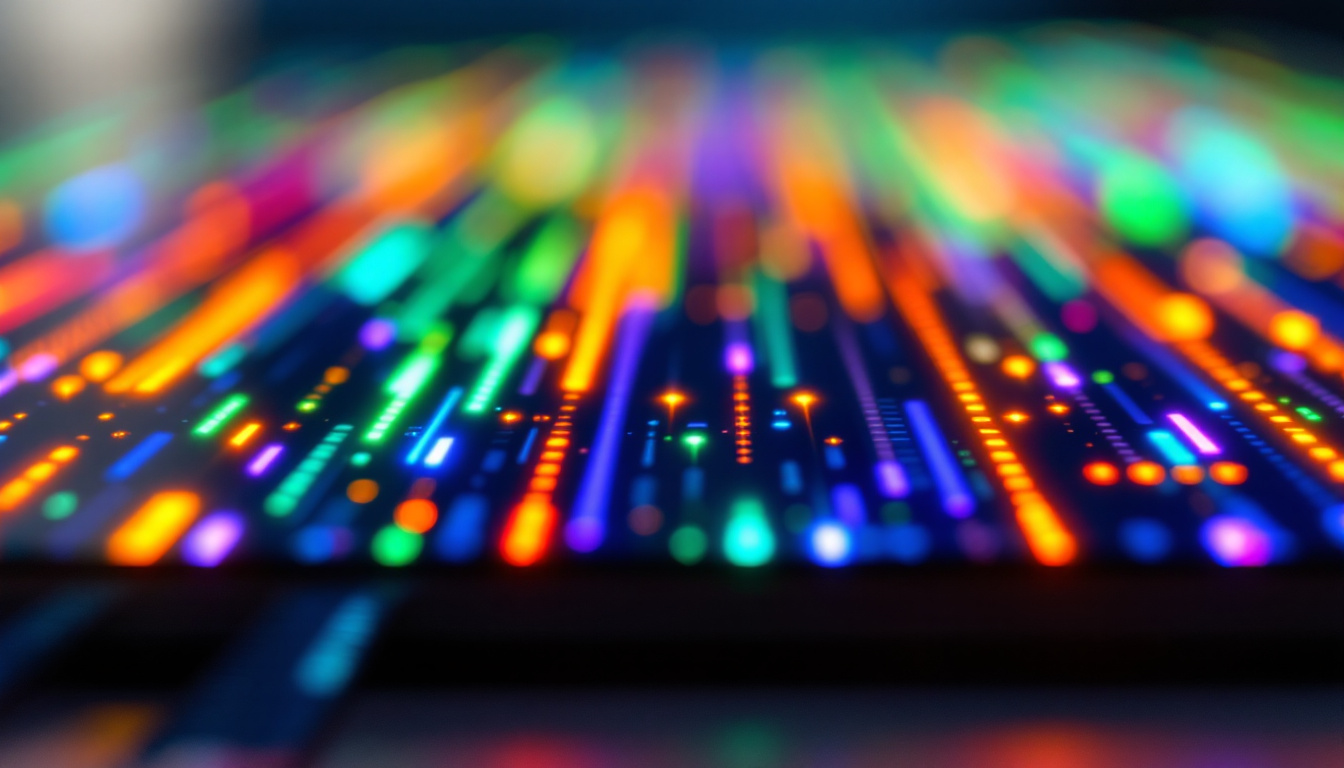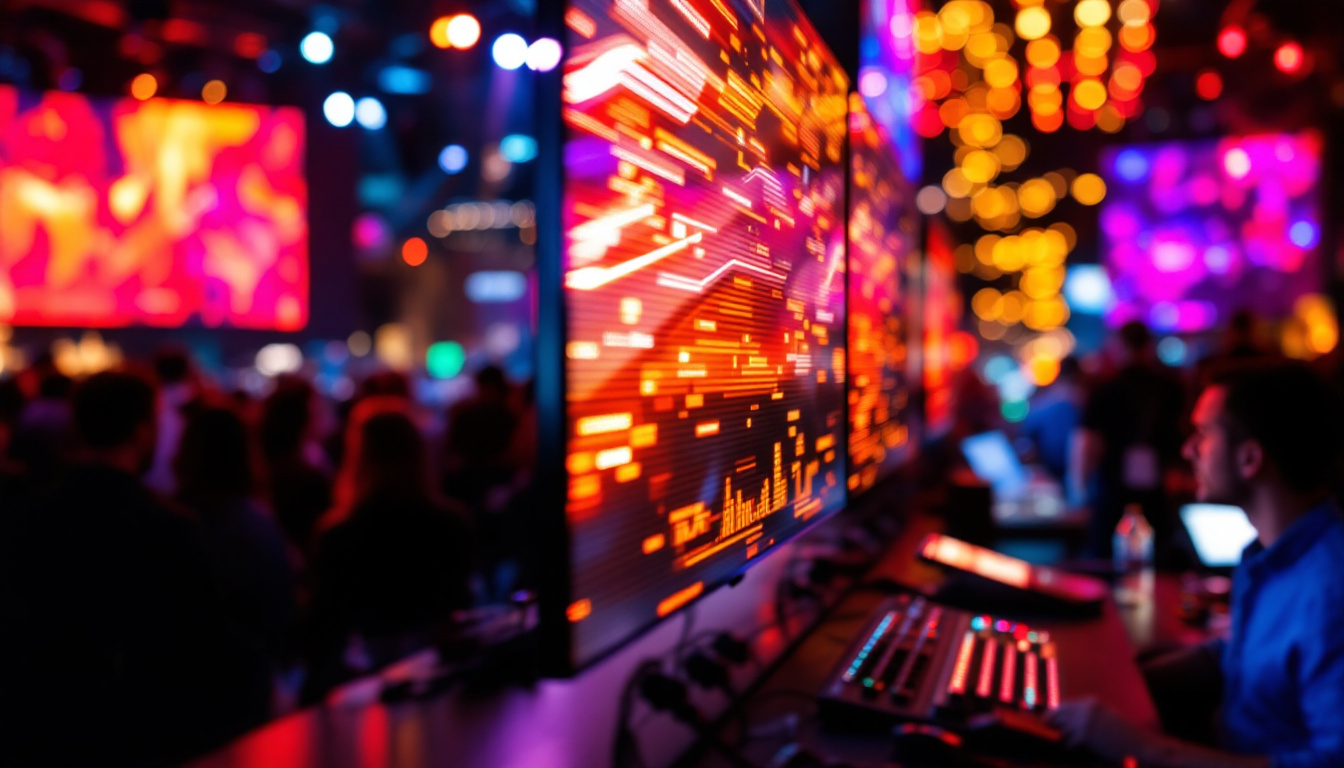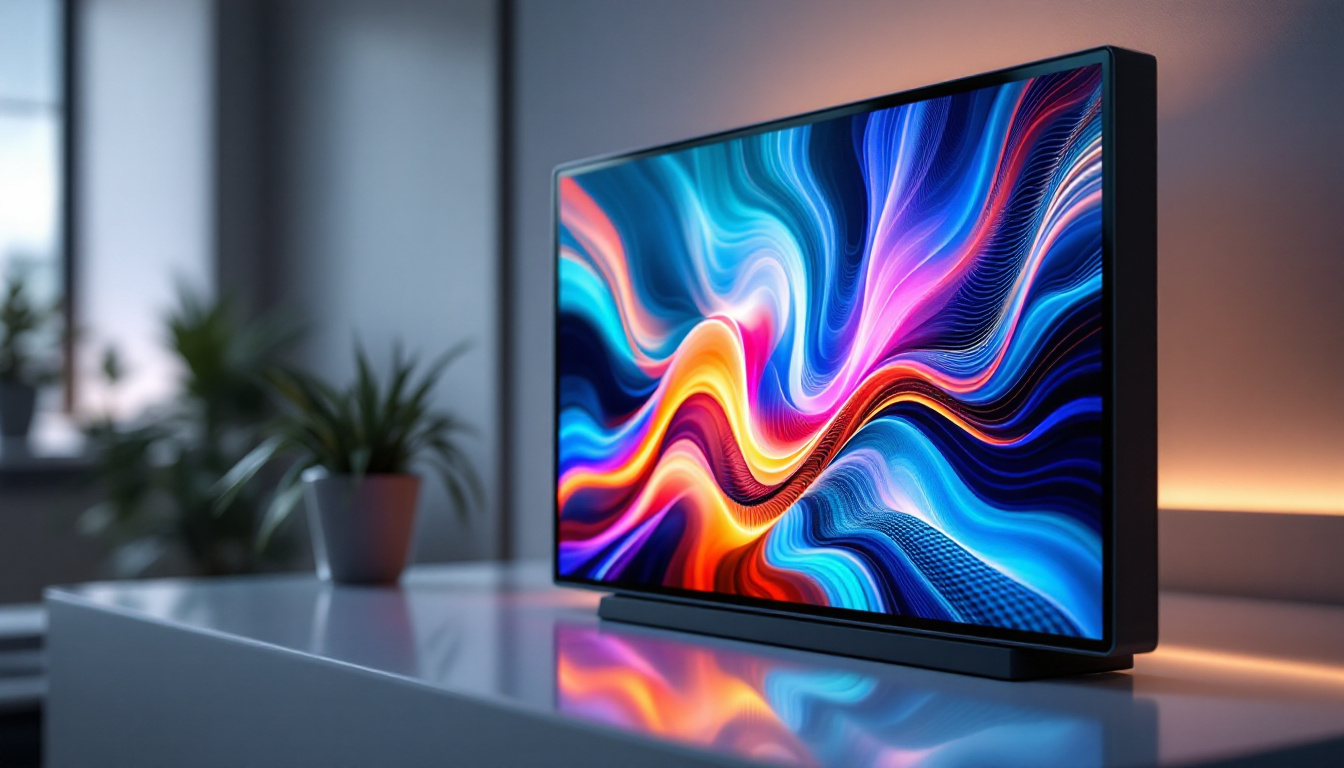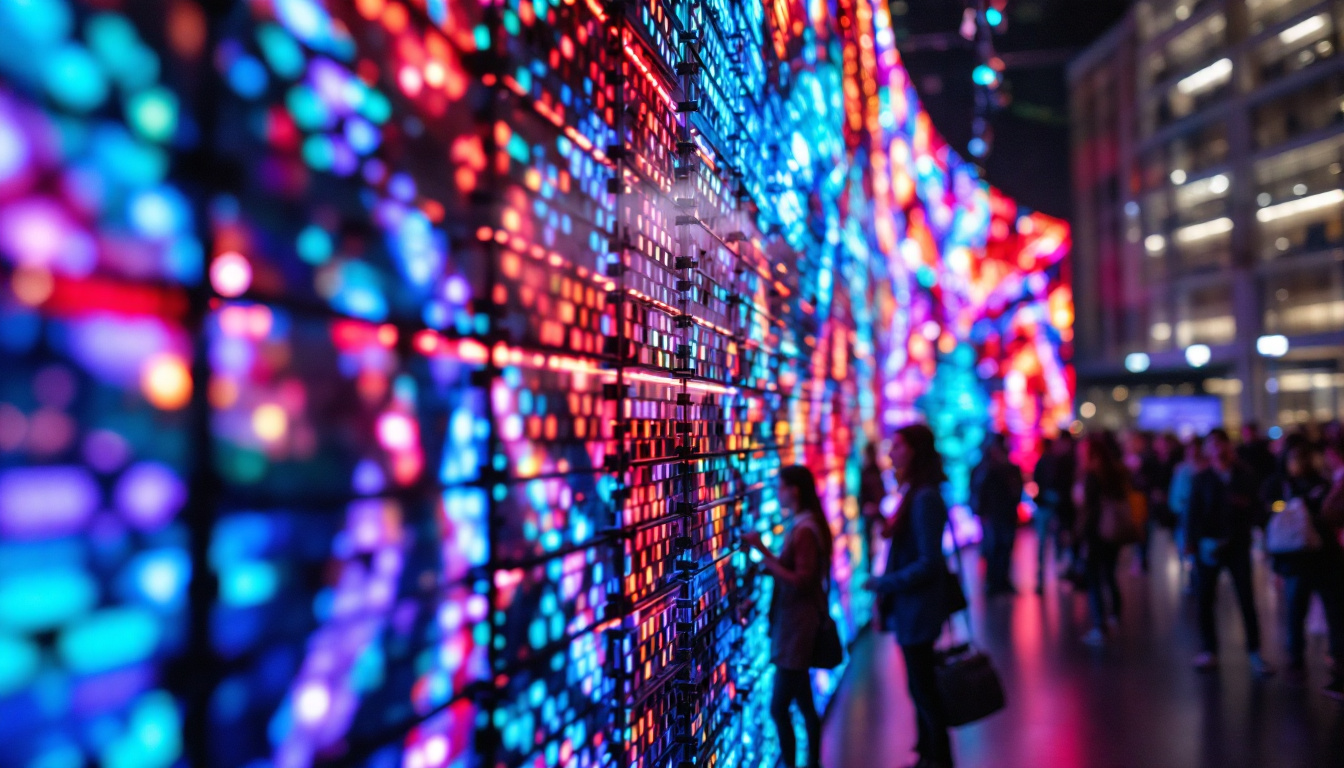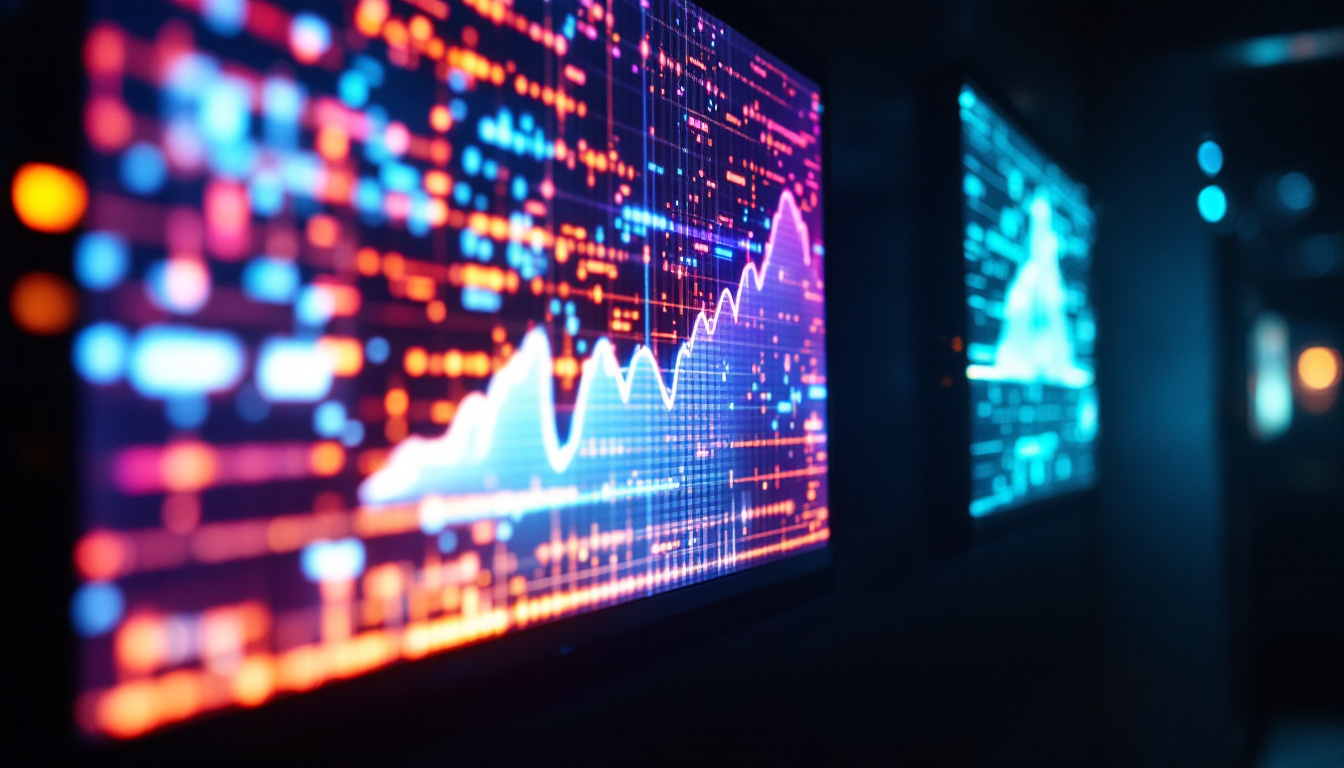The world of technology is ever-evolving, and the year 2025 promises to bring significant advancements, particularly in the domain of LED displays. As industries seek better ways to communicate and engage with their audiences, LED technology stands out as a versatile solution. This article delves into the intricacies of LED displays, their applications, and what the future holds for this dynamic technology.
Understanding LED Technology
LED, or Light Emitting Diode, technology has transformed the way visual information is displayed. Unlike traditional lighting methods, LEDs are energy-efficient and provide brighter, more vibrant colors. This technology has found its way into various applications, from simple indicators to large-scale displays. The rapid evolution of LED technology has not only improved the quality of visual media but has also significantly reduced energy consumption, making it a more sustainable choice for consumers and businesses alike.
The Basics of LED Technology
At its core, an LED is a semiconductor device that emits light when an electric current passes through it. This process, known as electroluminescence, allows for the creation of light in a compact form. The simplicity of this technology is one of the reasons it has gained widespread adoption. Additionally, LEDs have a longer lifespan compared to traditional incandescent and fluorescent bulbs, often lasting tens of thousands of hours. This longevity contributes to lower maintenance costs and less frequent replacements, making LEDs an attractive option for both residential and commercial use.
LEDs are composed of materials such as gallium arsenide or gallium phosphide, which determine the color of the emitted light. By combining different colors, manufacturers can create full-spectrum displays that cater to various visual needs. Moreover, advancements in LED technology have led to the development of RGB (red, green, blue) LEDs, which can produce a wide range of colors by adjusting the intensity of each individual light source. This capability has opened new avenues in creative fields, allowing artists and designers to explore dynamic lighting effects and immersive installations.
Types of LED Displays
LED displays come in several forms, each tailored for specific applications. The most common types include:
- Direct View LED Displays: These are used in large outdoor billboards and indoor screens, providing high brightness and excellent visibility. Their ability to withstand various weather conditions makes them ideal for outdoor advertising and public information displays.
- LED-backlit Displays: Often found in televisions and computer monitors, these displays use LEDs to enhance the brightness of LCD screens. This technology not only improves picture quality but also allows for thinner screen designs, which have become a standard in modern electronics.
- MicroLED Displays: A newer technology that promises even better resolution and color accuracy, MicroLEDs are still in the developmental stage but show great potential. With their tiny size, MicroLEDs can be packed densely to create stunningly detailed images, paving the way for future innovations in display technology.
In addition to these types, there are also flexible LED displays that can be bent or shaped to fit unique applications, such as curved screens or wearable technology. This versatility is driving the growth of LED technology in various sectors, including automotive, fashion, and architecture, where innovative designs can enhance both functionality and aesthetics. As research continues, we can expect to see even more groundbreaking applications of LED technology in the near future, further integrating it into our daily lives.
Applications of LED Displays
The versatility of LED displays allows them to be used in a wide range of applications. From advertising to entertainment, their impact is profound.
Advertising and Marketing
One of the most prominent uses of LED displays is in advertising. Businesses leverage high-resolution LED screens to capture attention and convey messages effectively. Dynamic content can be displayed, allowing for real-time updates and engagement with viewers.
Outdoor advertising has particularly benefited from this technology. LED billboards can display vibrant colors and animations, making them hard to ignore. Additionally, their ability to operate in various weather conditions makes them a reliable choice for marketers. The integration of sensors and data analytics further enhances their effectiveness, enabling advertisers to tailor messages based on audience demographics and behaviors, thus maximizing impact and return on investment.
Entertainment and Events
In the entertainment industry, LED displays have revolutionized how audiences experience concerts, sports events, and theatrical performances. Large LED screens are often used to enhance the visual experience, providing close-up views of performers or critical moments during a game.
Moreover, LED technology allows for creative stage designs, where screens can be integrated into the set, creating immersive environments that captivate audiences. The flexibility in display shapes and sizes contributes to the artistic expression of event organizers. For instance, curved and transparent LED panels are now being used to create stunning visual effects that blend seamlessly with the performance, allowing for a more engaging and memorable experience. This innovation not only enhances the aesthetic appeal but also opens up new avenues for storytelling and artistic expression in live performances.
Information and Transportation
LED displays are also crucial in the transportation sector. They are commonly used in public transit systems to provide real-time information to passengers. Buses, trains, and subways utilize LED screens to display schedules, route information, and alerts, enhancing the overall travel experience.
Additionally, LED technology is employed in traffic signals and road signs, improving safety and communication on the road. The bright visibility of LED lights ensures that important messages are seen, even in adverse weather conditions. Furthermore, advancements in LED technology have led to the development of smart traffic management systems, where displays can communicate with vehicles and pedestrians, providing critical information about traffic conditions, accidents, or road closures. This integration of technology not only enhances safety but also contributes to more efficient urban mobility, making cities more navigable and user-friendly for everyone.
The Future of LED Displays
As we look toward 2025 and beyond, the future of LED displays appears promising. Innovations continue to emerge, pushing the boundaries of what is possible with this technology.
Advancements in Display Quality
One of the most significant trends is the continuous improvement in display quality. Manufacturers are focusing on enhancing resolution, brightness, and color accuracy. The introduction of technologies like MicroLED and MiniLED is expected to provide even sharper images and improved color performance, making displays more lifelike than ever.
Furthermore, advancements in pixel density will allow for larger displays without sacrificing image quality. This is particularly important for applications where detail is crucial, such as in medical imaging or high-end gaming.
Energy Efficiency and Sustainability
With growing concerns over energy consumption and environmental impact, the LED industry is also making strides toward sustainability. Future LED displays are likely to be more energy-efficient, utilizing less power while delivering the same or better performance.
Additionally, manufacturers are exploring eco-friendly materials and recycling methods for old displays. This shift toward sustainability will not only benefit the environment but also appeal to consumers who prioritize green technology.
Integration with Smart Technology
The integration of LED displays with smart technology is another exciting development on the horizon. As the Internet of Things (IoT) continues to expand, LED displays can be connected to various devices and systems, allowing for more interactive and personalized experiences.
For instance, smart LED displays could adapt their content based on viewer demographics or preferences, providing tailored advertising and information. This level of customization could significantly enhance engagement and effectiveness in various applications.
Challenges Facing LED Display Technology
Despite the numerous advantages of LED displays, there are challenges that the industry must address as it moves forward. Understanding these challenges is crucial for stakeholders involved in the development and deployment of this technology.
Cost Considerations
While the cost of LED technology has decreased over the years, high-quality displays can still be expensive to produce and install. This can be a barrier for smaller businesses or organizations that wish to utilize LED displays for advertising or information dissemination.
Efforts are being made to reduce production costs through advancements in manufacturing processes and materials. However, achieving a balance between affordability and quality remains a challenge.
Technological Limitations
Another challenge lies in the technological limitations of current LED displays. Issues such as color uniformity, viewing angles, and brightness consistency can affect the overall performance of displays. Manufacturers are continually working to overcome these limitations, but it requires significant research and development.
Moreover, as display sizes increase, maintaining quality across the entire screen becomes more complex. This necessitates ongoing innovation to ensure that larger displays do not compromise on performance.
Market Competition
The LED display market is highly competitive, with numerous players vying for dominance. This competition drives innovation but can also lead to market saturation. Companies must differentiate themselves through unique offerings and superior technology to succeed.
As new entrants continue to emerge, established companies must stay ahead of the curve by continually investing in research and development, as well as understanding market trends and customer needs.
Conclusion
The LED display technology landscape is poised for significant growth and transformation as we approach 2025. With advancements in quality, energy efficiency, and smart integration, LED displays will continue to play a vital role in various sectors, including advertising, entertainment, and transportation.
While challenges such as cost considerations and technological limitations remain, the ongoing commitment to innovation within the industry promises a bright future for LED displays. As this technology evolves, it will undoubtedly shape how information is communicated and experienced in our daily lives.
In summary, the future of LED displays is not just about brighter screens but about creating more engaging, sustainable, and intelligent visual experiences that resonate with audiences worldwide.
Discover the Future with LumenMatrix
As we embrace the advancements and prepare for the future of LED display technology, LumenMatrix stands at the forefront, ready to illuminate your world with innovative solutions. Whether you’re looking to enhance your brand’s visibility, create mesmerizing visual experiences, or communicate with impact, our extensive range of LED display modules—including Indoor, Outdoor, Vehicle, Poster, Sports, Floor, Custom, All-in-One, and Transparent Displays—is designed to meet your every need. Check out LumenMatrix LED Display Solutions today and be part of the revolution in visual communication.

